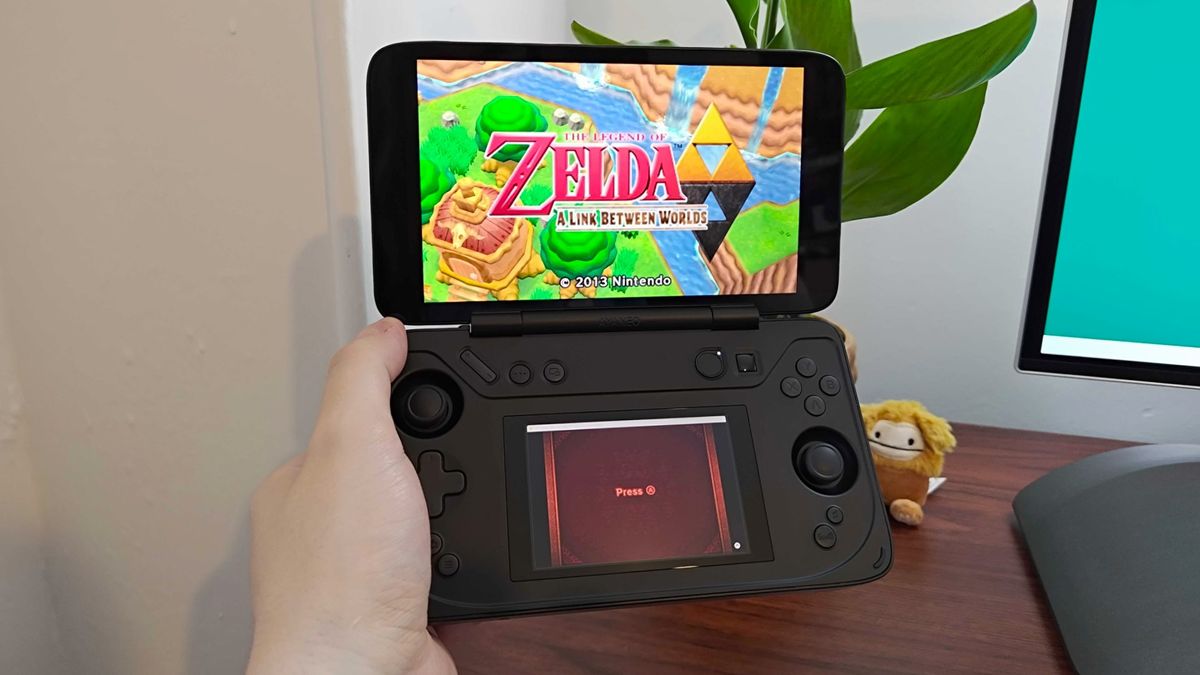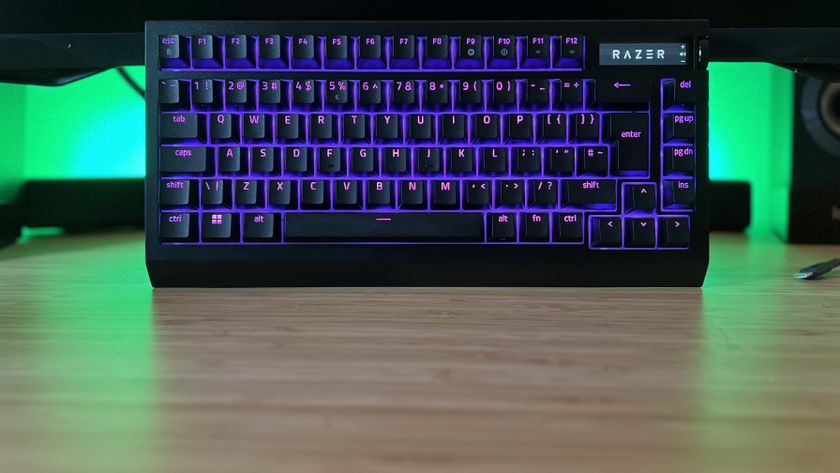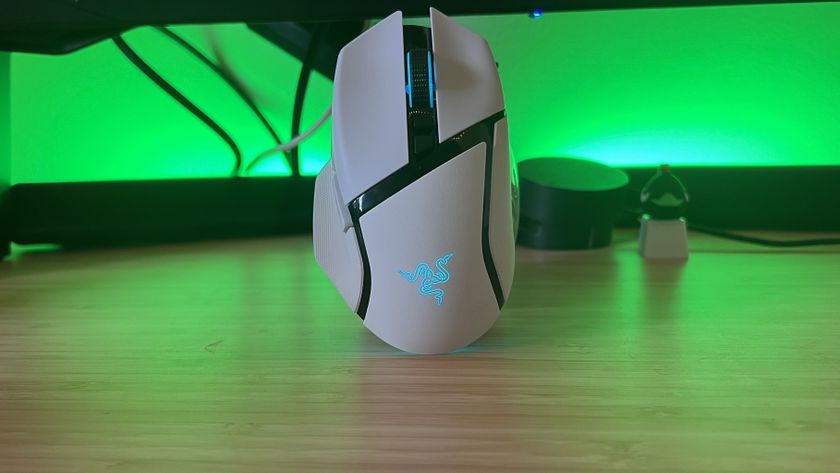12DOVE Verdict
The Ayaneo Flip DS serves as an excellent attempt to both preserve the handheld experience of the Nintendo 3DS and offer up powerful portable PC performance. Just like the company’s other premium portables, this dual-screen device is an expensive beast, but one that could help you revive some of your favorite outings from a decade ago and boost fps across your Steam library.
Pros
- +
Top-tier handheld PC performance
- +
Incredibly useful dual-screen setup
- +
Hall-effect triggers and sticks
- +
Attractive clamshell design
Cons
- -
Premium price tag
- -
Would benefit from bigger battery
Why you can trust 12DOVE
In a world seemingly wanting to forget the glory days of the Nintendo 3DS, the Ayaneo Flip DS stands as a heroic handheld homage. Sure, it also just so happens to be a premium Steam Deck rival that can run the latest PC outings at higher frame rates, but let’s be real, it’s the fact that it wields dual screens that caught your eye in the first place. I’ve been using the portable in place of my beloved Deck for a few months now, and a few minor caveats aside, it’s safe to say this mini rig is the most versatile handheld I’ve used to date.
Calling the Ayaneo Flip DS unique feels a little silly, especially since it borrows its design from one of the best gaming handhelds ever. Don’t get me wrong, that’s not remotely a bad thing, as it’s no different than when Nintendo revived its Game and Watch format to create the original DS. The point I’m making is that breaking away from the portable PC blueprint used by the likes of the Steam Deck OLED is well worth doing, and while I can think of a few examples of innovation backfiring in recent years, the Flip DS isn’t one of them.
With prices starting at $946 / £743 ($845 / £664 if you take advantage of Indiegogo early bird discounts), it’d be wild to tell every player to pick up a Flip DS. As a company, Ayaneo tends to avoid the ‘one size fits all approach’ in favor of making a variety of portable devices with different use cases. Simply put, if you have no emotional attachment to the NDS/3DS era of handheld gaming and you’d rather use a cheaper Android emulation device, this isn’t the portable for you. Looking to experiment and put that secondary screen to good use? Well, you’re in for a treat.
Specs
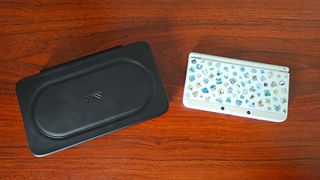
The specific Ayaneo Flip DS version I’ll be using for this review comes armed with 64GB RAM, a 2TB SSD, and an AMD Ryzen 7840U APU. Those specs are pretty ridiculous, especially since my main PC only has 32GB memory and a 1TB drive at its disposal. Naturally, you can dial things right down to a more reasonable 16GB/512GB combo if you’re not looking for monstrous specs, and you can also choose to invest in a beefier 8840U chip if you’re more fussed about frame rates.
| Specs | Ayaneo Flip DS |
|---|---|
| Price | From $946 / £743 |
| CPU | AMD Ryzen 7 7840U |
| GPU | AMD Radeon 780M |
| RAM | Up to 64GB |
| Storage | Up to 2TB |
| Display | 7-inch 1080p IPS + 3.5-inch (960 x 640) touchscreen |
| Battery | 45Wh |
| Operating system | Windows 11 |
| Size | 80 x 102 x 29.8mm |
| Weight | 667g |
Just like the Ayaneo 2S, the Flip DS maintains a premium vibe throughout its entire spec sheet. I’d say the most “normal” aspect of this handheld is potentially its screen, as we’re dealing with a 1080p 120Hz display that matches the Asus ROG Ally. Of course, that’s likely due to the presence of that additional 3.5-inch touchscreen, which does function as a secondary display on Windows 11.
Other nice-to-have traits include a double helping of USB-C ports (one of which is USB 4 compatible), an Oculink port, an optical finger sensor trackpad, hall-effect thumbsticks/triggers, and a six-axis gyroscope. All of that is packed into a 650g package that’s actually lighter than the new Asus ROG Ally X, but we are talking about a 45Wh battery instead of a beastly 80Wh setup.
Design
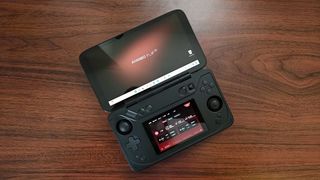
I’m tempted to say it looks like a hulked-out Nintendo 3DS and leave it at that, but there’s quite a lot going on with Ayaneo’s design here. Keep in mind that the Flip DS is supposed to be a fully-fledged Windows 11 machine as well as a handheld gaming PC, so working that around something that caters to 3DS-style play is no mean feat. Thankfully, the handheld pulls it off with minimal caveats, especially since it avoids committing the same unbalanced sins as the Lenovo Legion Go.
First off, let’s chat controls, as fitting a full PC controller into a clamshell handheld is a little preposterous. Ayaneo makes it work for the most part, with flatter buttons and recessed thumbsticks leaving plenty of room for the lid to close. As someone with larger, battle-worn thumbs, I’m not 100% satisfied with how the buried sticks feel, but they’re nowhere near as bad as I thought they be, not to mention full-sized thumbsticks will beat the 3DS’s pathetic thumbslider any day of the week.
As for the buttons, each input feels satisfyingly clicky, something that helps feel every press that bit more accurate. The D-pad also benefits from this, but its inherent flatness does put it at a disadvantage. These low-profile trade-offs are mandatory when making a device like this, so I don’t think they’re a dealbreaker by any means. But, if you are particularly sensitive to different controls, or you’ve just spent too much time playing retro consoles with better gamepads, you’ll want to take note.




Shifting onto ergonomics, I’m honestly surprised with how nice the Ayaneo Flip DS feels in the hand. The handheld’s back triggers are easy to reach and provide plenty of depth despite their size, and the back shell features a subtle curve with textured grips. Does it feel as comfortable as holding a Steam Deck? Not at all, but you can only expect so much from a clamshell device with two screens.
This is obviously subjective, but I think the Ayaneo Flip DS is a bit of a looker. It’s serving the exact kind of mix between odd and contemporary I look for in modern devices, which I guess makes sense from a modern device cosplaying as a 3DS. The part that impresses me most is that this thicc handheld manages to distract you from its chonk using a thinner screen on top while stowing everything else away in the bottom half – resulting in something that looks a lot sleeker than it actually is at a glance.
Ayaneo has also pulled off fitting both the full 1080p display and its 3.5-inch counterpart into the handheld without any weirdness. By that, I mean both panels fit flush within the device and feature ordinary-sized bezels. I’m at peace with the fact this device misses out on the bezel-less illusion used by the Ayaneo 2S, and the black borders feel anything but intrusive. Keep in mind I’m using the black version, as the white model’s top display might feel a bit smaller due to its contrasting border.
Before I move on, I want to point out that the Flip DS doesn’t wear any RGB lighting. Considering most handheld makers act like it's a mandatory feature, it’s nice to see that Ayaneo hasn’t tried to shoehorn it in. Leaving it out means less distractions from the old-school NDS vibes it provides, and while you could just leave lighting off to achieve the same, I respect the optimization on show here regardless.
Features
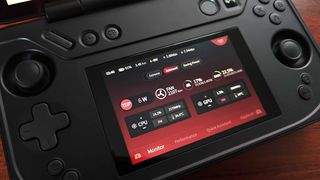
In many ways, the dual-screen properties of the Flip DS serve as multiple features, especially when you throw the functionality of Ayaspace 2.0 into the mix. Ayaneo’s management software has come an incredibly long way since I first started testing the maker’s handhelds, and the software ultimately turns the device’s 3.5-inch panel into a Swiss-army touchscreen.
Before we chat about using the dual screens to play excellent Nintendo capers, I want to dive into the functionality side of things. As I mentioned previously, the 3.5-inch display works just like any other secondary monitor on Windows 11, so you can use it to display virtually anything you’d like. In practice, trying to do that manually is a pain, which is why the handheld comes with Ayaspace functions that help automatically display things on the screen as well as provide quick access to performance monitoring and settings, not unlike the Ayaneo Mini PC AM02.
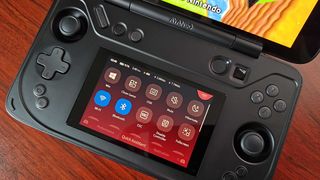
I like to moan a lot about the compatibility gap inherent to Windows 11 handhelds, but this dual-screen approach actually helps build more of a bridge than any other device out there, making the experience much less aggravating. Did you forget to toggle the portable PC from power-saving mode to extreme? You’ll be able to do it without minimizing anything. Can’t get the on-screen keyboard to pop up? There’s a button in the quick menu for that.
Essentially, Ayaneo’s software and the secondary screen will save you from having to navigate through annoying apps to tweak or fix settings, and I think I’d struggle to use Windows 11 on the go without it. You’ll still be able to dive into Ayaspace 2.0 either from the desktop or using the dedicated button for more complex options, but you won’t have to think about that 99% of the time.
Performance
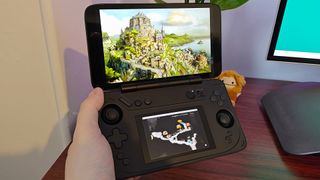
Alright, I’ve kept you waiting long enough – let’s talk about playing games on the Ayaneo Flip DS. It feels only right to start with the 3DS side of things, as it’s the thing that could help you decide between this handheld and other options. As a spoiler, let me just say that replaying some of my favorites on this extremely premium portable is incredible, and I’ll struggle to go back to using my faithful original.
For my tests, I selected a few 3DS games from my collection and ran them through Citra – a reliable emulator. I eased the Flip DS gently into the road test by going with Bravely Default first, as the RPG is rated ‘perfect’ for compatibility by users. Without a hitch, I was able to launch into the Square Enix adventure and easily assign the touchscreen to the secondary display, all while automatically scaling the resolution up to match the handheld.
As I anticipated, the role-playing romp managed to maintain full speed thanks to its compatibility and the sheer horsepower of Ayaneo’s handheld. A fantastic result by any means, but I figured I should try and make the portable PC sweat with something a little less optimized. I took that as the perfect excuse to finally replay The Legend of Zelda: A Link Between Worlds – a game that is seemingly just “great” when using Citra.


Occasional momentary stutters aside, Link’s 3D adventure felt solid on the Flip DS, and being able to easily mimic the OG console’s touchscreen helped me forget I was even emulating the adventure. This exact sensation is what I was hoping Ayaneo’s portable would provide; fool me into believing that we somehow got a new 3DS in 2024 with the same high-spec feature you’d find in a handheld gaming PC.
There are a few examples of games that aren’t Citra-friendly, and using the emulator’s rating system can provide a heads-up. Rather than jumping too far down that rabbit hole, I dipped into Rayman 3D for a sense of how the Flip DS handles an “okay” rated adventure. The game is actually perfectly playable, and most of the disruption was tied to audio glitches and emulation quirks rather than frame drops. In other words, I think you’ve got as good a chance of running problematic entries to your library using Ayaneo’s handheld than any.
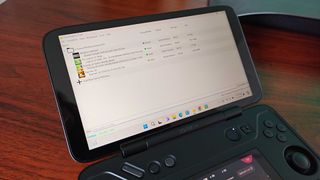
I do have some slightly heart-breaking news when it comes to original Nintendo DS emulation, but the Flip DS isn’t at fault. For whatever reason, emulators like DeSmuME for Windows won’t allow you to split primary and secondary screens, meaning Ayaneo’s handheld can’t separate them. You can weirdly split things up on Mac, but the emulator simply displays two joined-together boxes on Windows 11. If I manage to get some time in with a workaround, I’ll update you all on how NDS games fair on the device.
It’s time to remove our heads from the retro clouds and talk about PC performance. After all, we are talking about a handheld with a powerhouse Ryzen APU and a bucketload of RAM. For those unfamiliar with my benchmarking routine, I use the same collection of games to test portable PCs every time, which is handy since it gives us a direct comparison to the Steam Deck, ROG Ally, and the Ayaneo 2S.
| Low settings, 28W TDP | 800p | 1080p |
|---|---|---|
| Cyberpunk 2077 | 63fps | 49fps |
| Hitman 3 | 73fps | 51fps |
| Shadow of the Tomb Raider | 65fps | 51fps |
| Returnal | 35fps | 26fps |
The latter uses the same AMD Ryzen 7840U chipset as the Flip DS, with the exception being that it runs at 28W max rather than a 33W TDP. Not a huge power difference, and while that was somewhat reflected in my final benchmarks, I even managed to gain a few frames in unexpected places. For example, Cyberpunk 2077 managed to boost fps ever so slightly, while Hitman 3 was down a tad with low settings enabled.
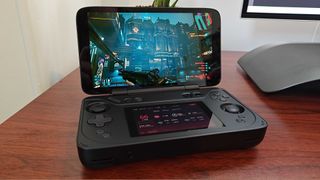
That’s enough for me to conclude that performance will be on par with Ayaneo’s other 7840U handhelds, and that translates to far punchier performance than the Steam Deck. Not entirely surprising considering the price difference, but it also means it edges just slightly ahead of the ROG Ally’s Ryzen Z1 Extreme chip. Put it this way, you should see largely the same frame rates using something like the Ally X as you would the Flip DS across most games.
Where things get really spicy is with battery life, as I was only able to get about an an hour and a half out of the Flip DS when running newer releases. I was able to stretch that to 2.5 hours with Indies like Another Crab's Treasure, but we're still faced with the same short-lived play sessions as the Steam Deck and OG ROG Ally. It hammers home why the Ally X opted for a 80Wh battery, and it's something more handheld makers will need to consider with new models.
Should you buy the Ayaneo Flip DS?
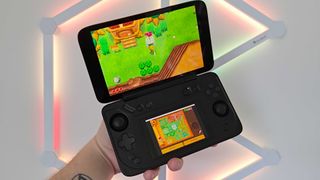
If the Nintendo 3DS is your favorite console, and you just so happen to be in the market for a handheld gaming PC, then picking up the Ayaneo Flip DS is a no-brainer. It’ll make your bank account weep with its premium price tag, and other portable systems can match the 7840U version on performance. What most rivals can’t really pull off is simulating the hardware experience of playing Ninty’s dual-screen games using an emulator, and that’s something worth investing in.
This might be a hot take, but I honestly think Nintendo should take notes for the Switch 2, as the handheld’s successor could draw influence from the Ayaneo Flip DS by adding a secondary screen and premium features like hall-effect sticks to its next console.
How I tested the Ayaneo Flip DS
For two months, I used the Ayaneo Flip DS as my main handheld gaming PC for both Steam and Epic Game Store games. In that time, I used Cyberpunk 2077, Hitman 3, Shadow of the Tomb Raider, and Returnal to test the device’s frame rate capabilities, but I also used the 3DS emulator Citra to play a selection of my collection on the device to test its dual-screen capabilities.
Throughout my time using the Flip DS, I also carefully assessed the handheld’s controls against other handhelds like the Steam Deck and Asus ROG Ally. Doing so helped me assess the experience it provides in terms of portable gaming and whether its unique clamshell form factor comes with any caveats.
For more information on how we test gaming handhelds and other portable devices, take a peek at our 12DOVE hardware policy.
Already got Valve’s handheld? Check out the best Steam Deck accessories and best Steam Deck dock. Alternatively, swing by the best gaming monitor if you need a new screen for at home.

I’ve been messing around with PCs, video game consoles, and tech since before I could speak. Don’t get me wrong, I kickstarted my relationship with technology by jamming a Hot Wheels double-decker bus into my parent’s VCR, but we all have to start somewhere. I even somehow managed to become a walking, talking buyer’s guide at my teenage supermarket job, which helped me accept my career fate. So, rather than try to realise my musician dreams, or see out my University degree, I started running my own retro pop culture site and writing about video games and tech for the likes of TechRadar, The Daily Star, and the BBC before eventually ending up with a job covering graphics card shenanigans at PCGamesN. Now, I’m your friendly neighbourhood Hardware Editor at GamesRadar, and it’s my job to make sure you can kick butt in all your favourite games using the best gaming hardware, whether you’re a sucker for handhelds like the Steam Deck and Nintendo Switch or a hardcore gaming PC enthusiast.
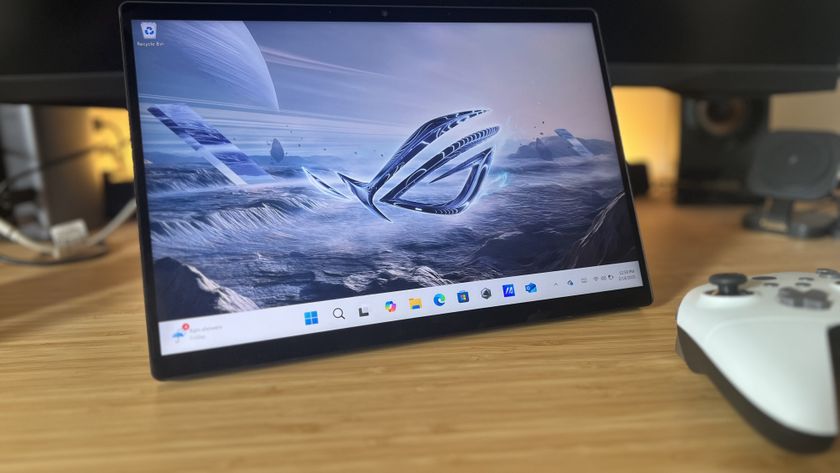
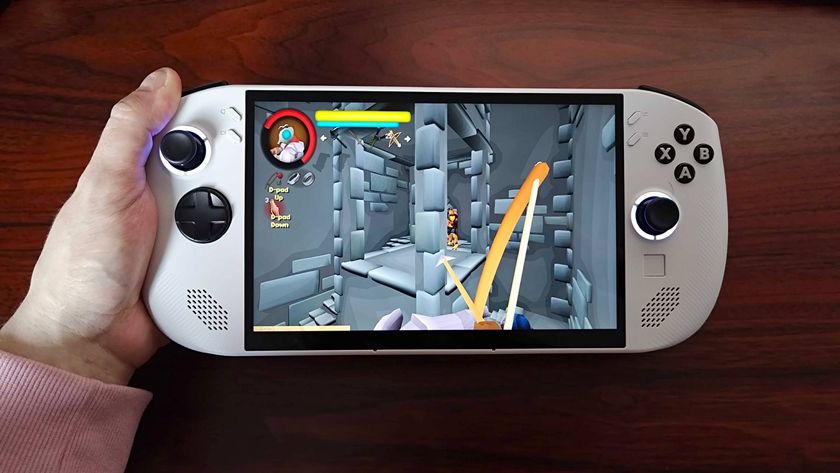

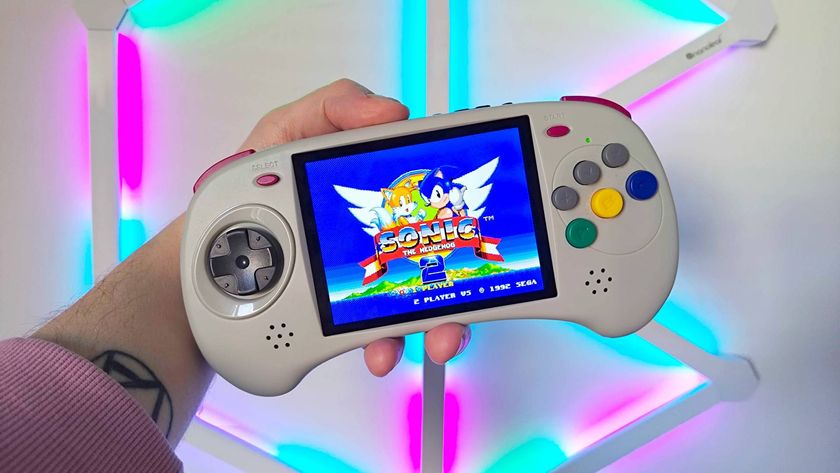
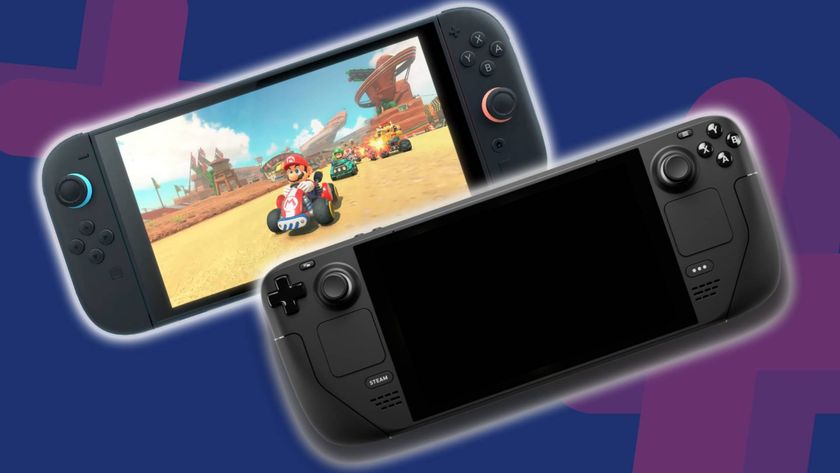
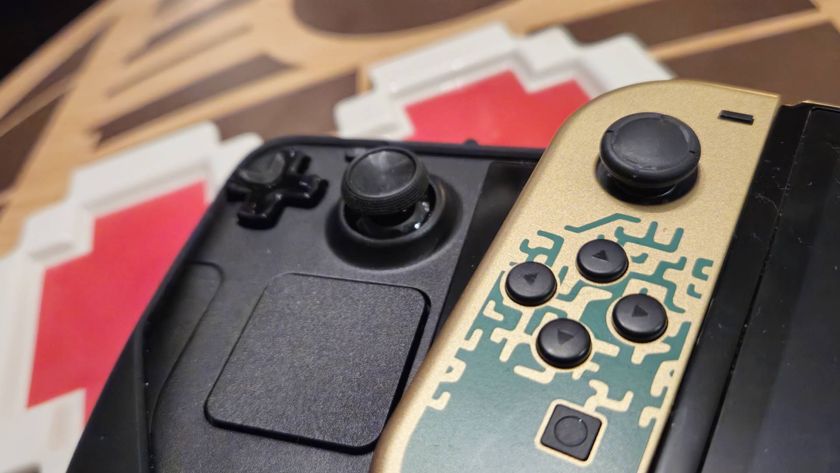
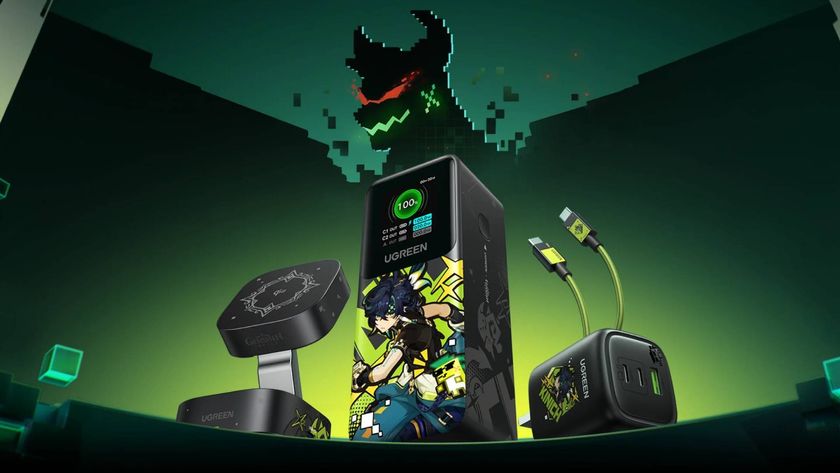

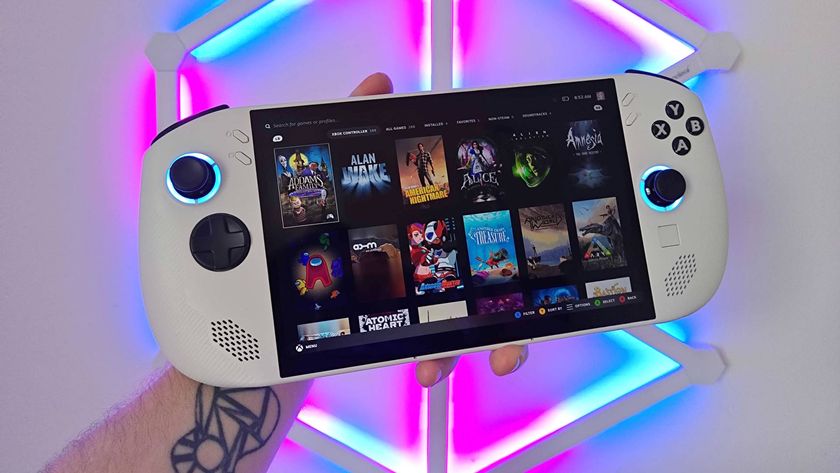
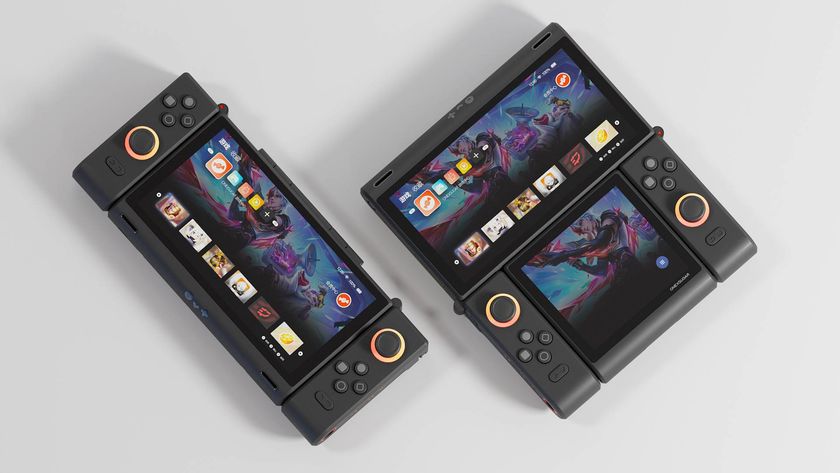
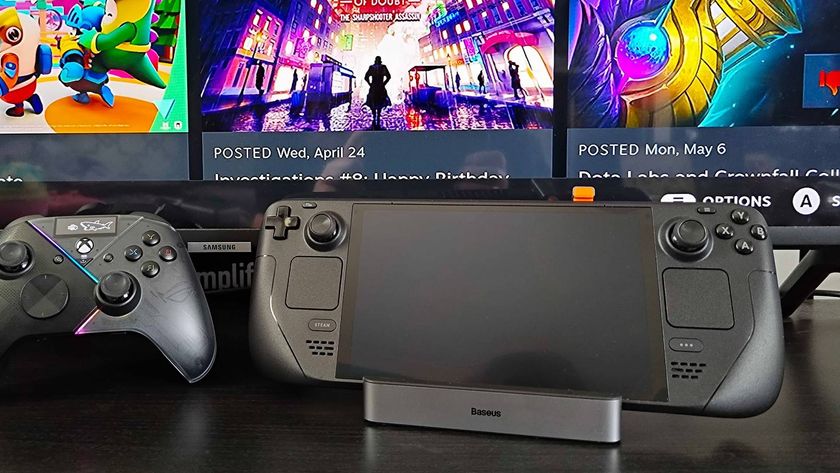







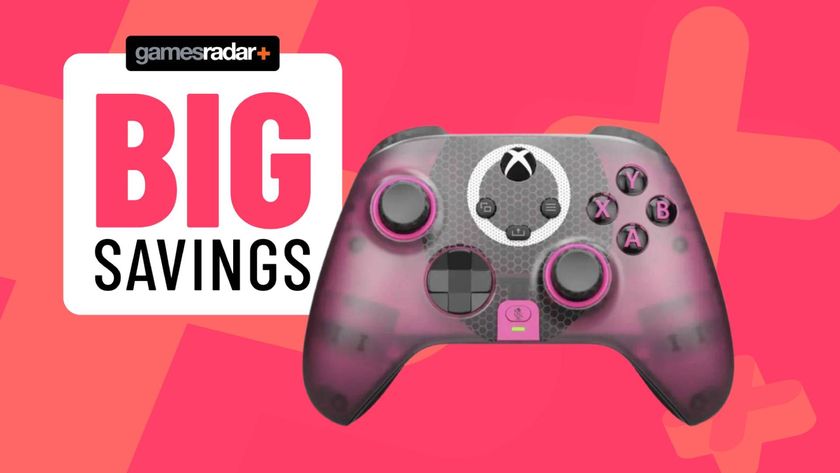
This official Squid Game controller just dropped to a record low at Best Buy, and you don't even have to challenge 456 people to get one

Our best look at Metroid Prime 4 yet shows Samus with a new suit and some psychic abilities, but we're still staring down a 2025 placeholder
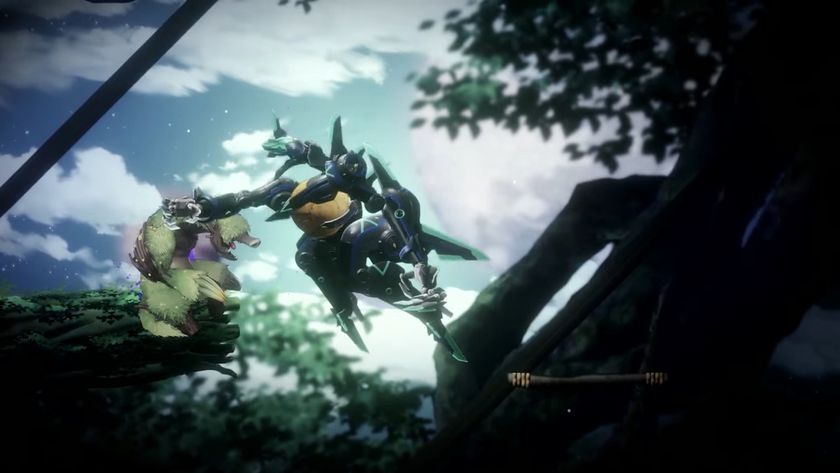
Pac-Man the gritty Metroidvania, inexplicably in the works at Amazon's Secret Level, gets a new launch date and some very dark gameplay
